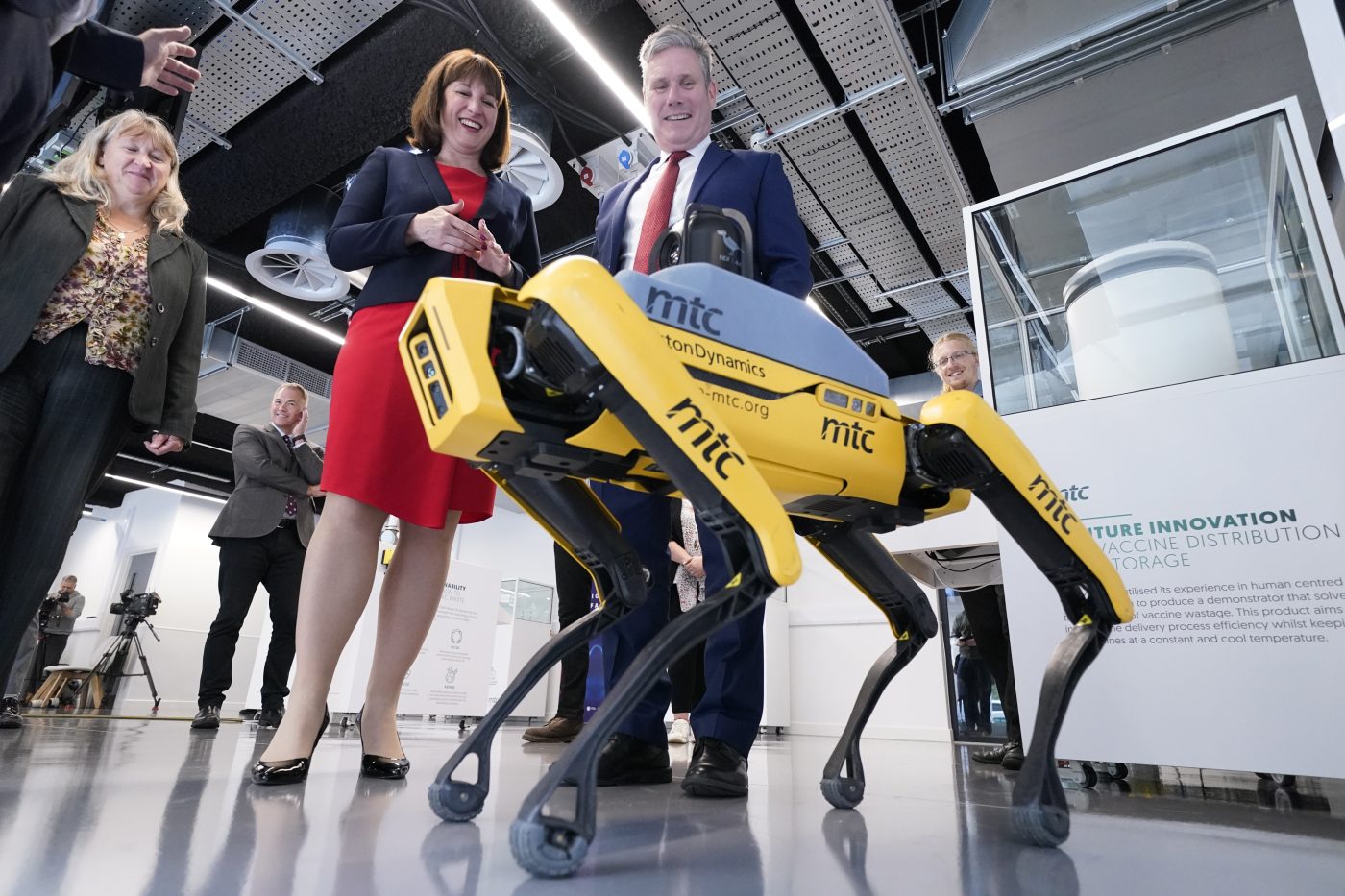
Powering the Future: Big Tech’s Nuclear Energy Dilemma
As the buzz around generative artificial intelligence continues to grow, so does the demand for energy to power the colossal data centers behind this innovation. The rising electricity needs have prompted major tech companies, including Amazon Web Services (AWS), to seek unconventional energy sources — specifically nuclear power.
A Shift Towards Nuclear Energy
Reports suggest that as many as one-third of nuclear power plants in the United States are entering discussions to supply electricity to tech firms. Among them is AWS, which is reportedly finalizing a contract with Constellation Energy, the largest nuclear power plant operator in the nation. This development follows AWS’s acquisition of a nuclear-powered data center from Talen Energy earlier this year for a staggering $650 million.
 Big Tech is turning to nuclear energy to meet AI demands.
Big Tech is turning to nuclear energy to meet AI demands.
While Amazon has yet to respond to inquiries regarding this deal, the implications of such an energy partnership are profound. The need for reliable energy sources is more pressing than ever as tech companies scramble to advance their AI models.
An Energy Crisis Looms
The AI boom is not just a passing trend; it’s reshaping energy consumption patterns. In April, Ami Badani, Chief Marketing Officer at Arm, highlighted a startling statistic: data centers currently constitute about 2% of global energy consumption. However, as AI technologies evolve, Badani warns that this figure could skyrocket to 25% of all power usage in the U.S. by the end of the decade.
“We won’t be able to continue the advancements of AI without addressing power,” Badani asserted. “ChatGPT requires 15 times more energy than a traditional web search.”
This staggering demand poses an alarm for sustainability. By 2030, projections show that data centers may consume up to 9% of the electrical output in the United States — more than double what’s currently used.
The High Stakes of Energy Supply
The surge in energy requirements raises a crucial question: Can traditional energy sources keep up with Big Tech’s relentless appetite? Historical reliance on fossil fuels is increasingly viewed as unsustainable, making it imperative for companies to explore alternative energy resources, particularly nuclear power, which offers a low carbon footprint.
However, the transition to nuclear energy is not without its challenges. Safety concerns, regulatory hurdles, and public perception issues make it a complicated solution for energy crises. Tech companies must navigate these waters carefully as they forge paths toward sustainable energy solutions.
Conclusion
As the nexus between nuclear energy and artificial intelligence becomes more pronounced, the onus is on tech companies to balance growth with responsibility. The collaborations emerging between Big Tech and nuclear power could set a precedent, but clear strategies for energy sustainability must accompany these innovations. As we move forward, the ability to harness clean energy sources will determine not only the future of technology but the state of our planet as well.
The intersection of AI and energy will be watched closely in the coming years, as stakes are raised and solutions developed. The larger question looming is — will Big Tech make conscious choices for a sustainable future, or will the race for power overshadow the need for responsibility?















